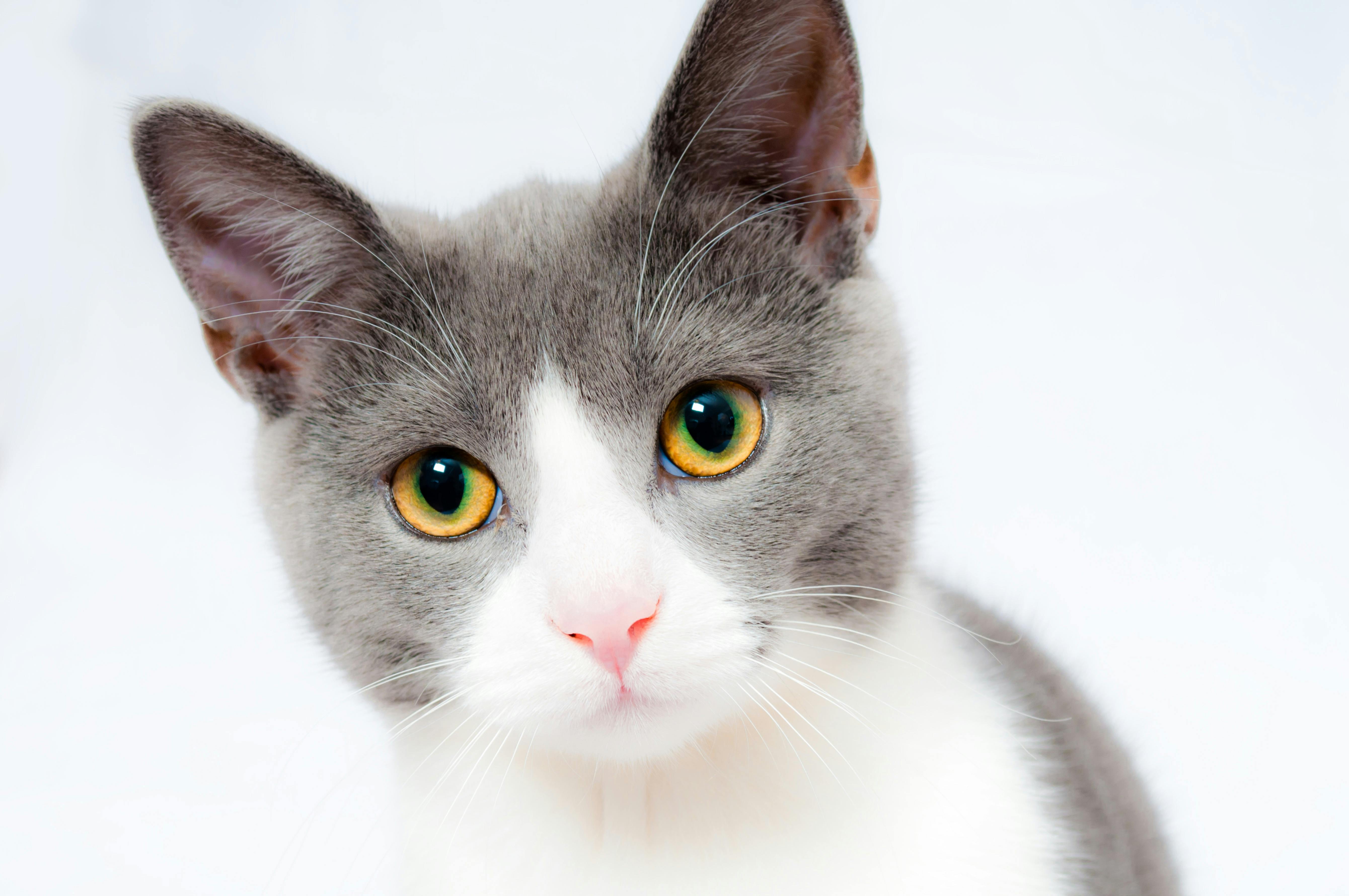Decoding the Whiskers: Unveiling the Secrets of Feline Facial Hair
Cats have long captivated us with their mysterious charm, but one of their most intriguing features often goes unnoticed: their whiskers. These tactile marvels are more than just decorative facial hair; they're sophisticated sensory tools that play a crucial role in a cat's daily life. From navigation to communication, whiskers are an essential part of feline anatomy that deserves a closer look.

The Anatomy of Whiskers: More Than Meets the Eye
Whiskers may look like ordinary hairs, but their structure is far more complex. Each whisker is rooted three times deeper than regular fur and is connected to a highly innervated follicle packed with blood vessels and nerves. This deep connection to the nervous system allows cats to gather detailed information about their environment through their whiskers.
The follicles at the base of each whisker are surrounded by proprioceptors, sensory organs that provide information about body position and movement. These proprioceptors are so sensitive that they can detect even the slightest bend or touch of the whisker, allowing cats to gauge distances, assess spaces, and navigate their surroundings with remarkable precision.
Whisker Patterns: A Unique Feline Fingerprint
Just as human fingerprints are unique, each cat’s whisker pattern is distinctively its own. Whiskers are typically arranged in four rows on each cheek, with additional whiskers above the eyes, on the chin, and even on the backs of the front legs. The pattern and number of whiskers can vary between individual cats and breeds, but most domestic cats have between 20 to 24 whiskers on their muzzle.
This unique arrangement serves multiple purposes. The upper rows help cats determine if they can fit through narrow spaces, while the lower rows aid in detecting objects at ground level. The whiskers above the eyes act as a protective mechanism, triggering a blink reflex when something approaches too close to the face.
The Sensory Superpowers of Whiskers
Whiskers are extraordinary sensory tools that enhance a cat’s ability to interact with its environment. They act as sophisticated touch sensors, allowing cats to detect changes in air pressure, wind direction, and even vibrations in the air. This sensory input helps cats navigate in low light conditions, judge distances, and locate prey.
One of the most remarkable abilities of whiskers is their role in spatial awareness. Cats use their whiskers to determine if they can fit through narrow openings. By brushing their whiskers against the edges of an opening, they can quickly assess whether their body will fit through without getting stuck. This ability is crucial for both domestic cats exploring their homes and wild felines navigating complex natural environments.
Whisker Fatigue: A Modern Feline Concern
As our understanding of feline whiskers has grown, so too has awareness of a condition known as whisker fatigue. This relatively new concept in veterinary medicine suggests that excessive stimulation of a cat’s whiskers can lead to stress and discomfort. Whisker fatigue is particularly relevant in the context of feeding, as deep or narrow food bowls can cause constant contact with the whiskers during meals.
While the existence of whisker fatigue is still debated among some experts, many cat owners and veterinarians have reported behavioral changes when cats are provided with wider, shallower food and water bowls that minimize whisker contact. This has led to the development of whisker-friendly feeding solutions, with specialized bowls now available on the market, ranging from $10 to $30 depending on material and design.
The Language of Whiskers: Communication Through Movement
Beyond their sensory functions, whiskers also play a role in feline communication. The position of a cat’s whiskers can provide insight into their emotional state and intentions. Forward-facing, spread-out whiskers often indicate an alert, curious, or friendly mood. Conversely, whiskers pulled back against the face may signal fear, aggression, or discomfort.
Observing whisker movements can help cat owners better understand their pets’ moods and needs. For example, a cat with relaxed, neutral whiskers is likely content, while rapid whisker twitching might indicate excitement or heightened interest in something in the environment.
Whisker Care: Handling with Caution
Given the importance of whiskers to a cat’s well-being, it’s crucial for cat owners to understand proper whisker care. Contrary to some misconceptions, cats’ whiskers should never be trimmed or cut. Doing so can disorient the cat and impair its ability to navigate and interact with its environment safely.
While whiskers naturally shed and regrow like other hairs, any sudden loss of whiskers or changes in whisker appearance should be brought to a veterinarian’s attention, as it could indicate underlying health issues. Generally, a healthy cat’s whiskers require little maintenance beyond observing them for any unusual changes.
In conclusion, feline whiskers are a marvel of evolutionary design, serving as sophisticated sensory tools that enhance a cat’s ability to navigate, communicate, and interact with its world. By understanding the complexity and importance of these remarkable structures, we can better appreciate the intricate biology of our feline companions and ensure their environmental needs are met. As research in feline sensory perception continues to advance, we may uncover even more secrets hidden within these seemingly simple facial hairs, further deepening our understanding of the fascinating world of cats.





